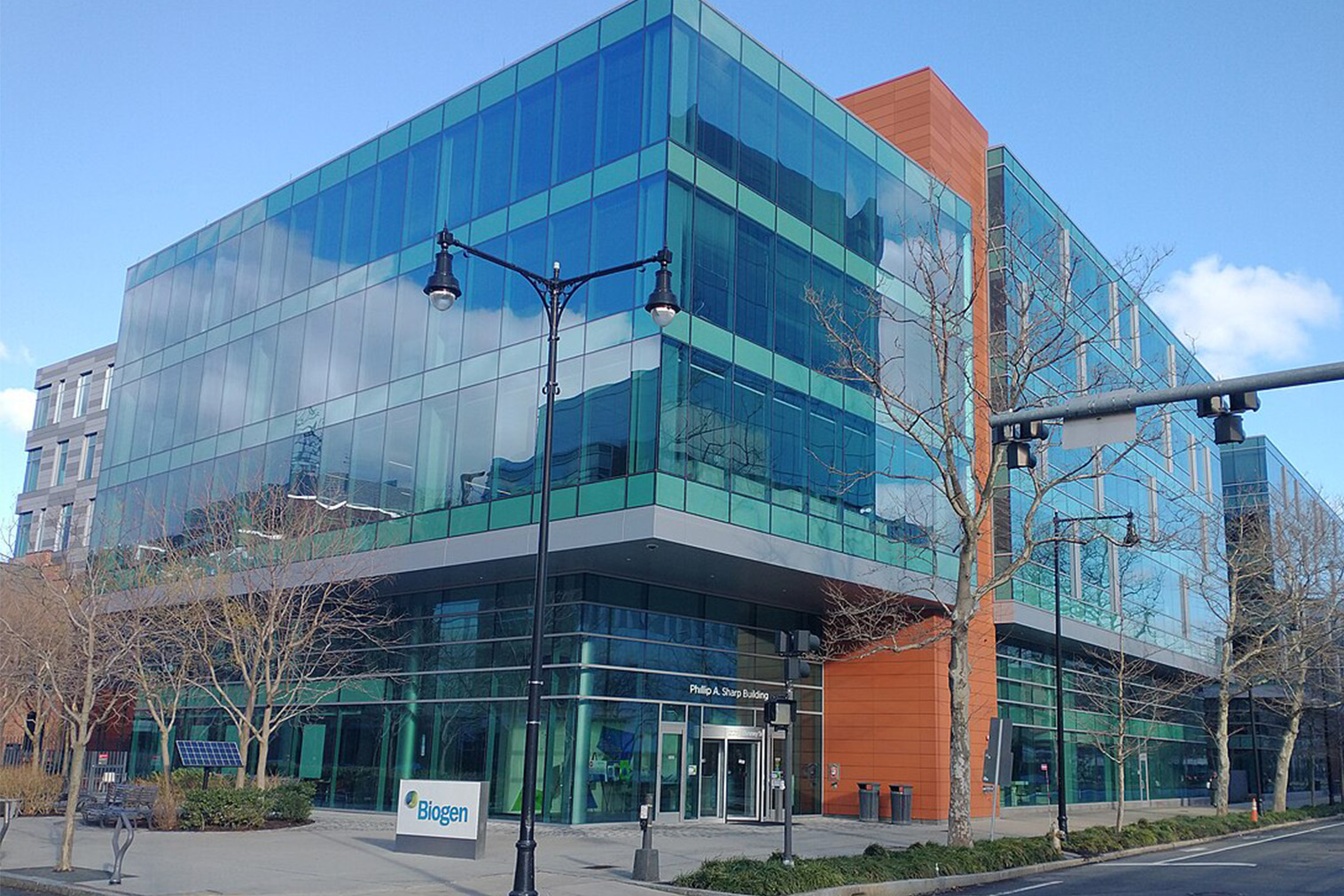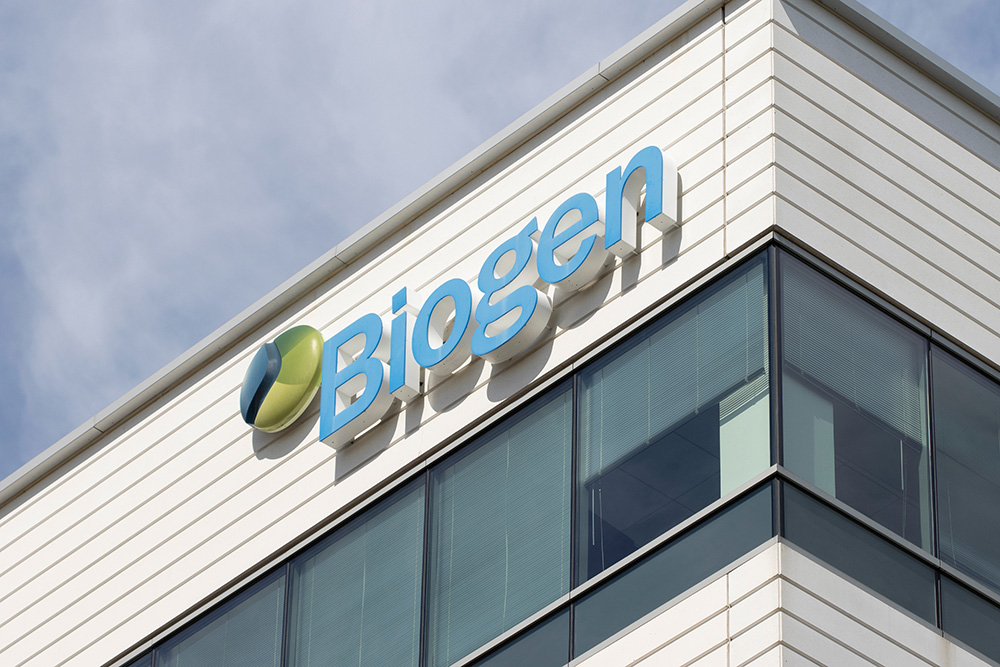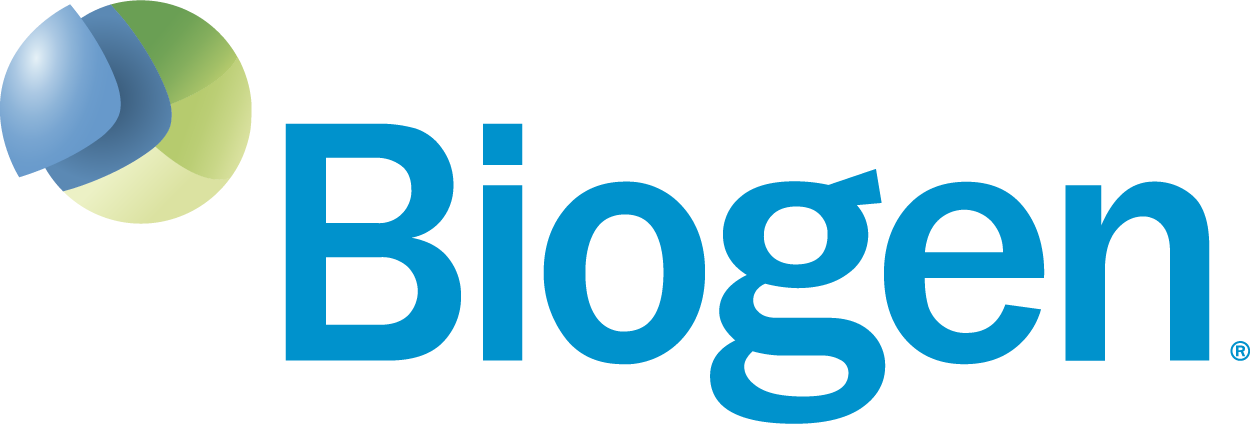Biogen
Background
Biogen is a leading American Biotech company developing therapies for patients with serious neurological, autoimmune and rare diseases, with its international headquarters in Zug, Switzerland. These headquarters currently accommodate over 450 employees across four buildings, and a total of 12 floors. Due to the highly spread out nature of these office spaces Biogen’s management requested a site evaluation with the purpose of optimizing its long-term workspace strategy.


Challenges
Biogen’s facilities team realized that this optimization required a detailed understanding of the organization’s current space demands in order to ensure long-term workspace performance. One possible alternative was going in the direction of the currently trending “flexible workplace concept”, including shared desks, dedicated “collaborative” spaces, and a “silent” working environment. However, in order to provide Biogen’s leadership team with several alternative workspace strategies, key data and insights on actual workspace utilization were required. This included planning scenarios such as housing additional employees without adding extra workspace.

The Solution
In order to obtain these insights, and the data required for a site evaluation, Biogen looked at a variety of solutions aimed at helping them best understand their organization’s current workspace requirements. “We compared a variety of occupancy sensor solutions with Tango Occupancy’s big data approach. The non-intrusive, scalable and cost-efficient nature of Tango Occupancy convinced us that its approach was best suited for our requirements,” said Nicole Stutz, responsible for Office and Facility Management at Biogen.
Within a short time, the Tango Occupancy solution was rolled out across all four buildings and 28 departments. The patent pending big data solution analyses real-time connections of employee devices such as laptops, through the existing network infrastructure. It determines which workplaces are in use at any time, thus providing workspace utilization data down to a single desk. In order to ensure employees’ privacy the data is completely anonymized and aggregated.
The Results
Identifying department demands. As such, this visualizations of utilized and vacant space across campus generated by Tango Occupancy accurately detail the workspace demands of the analyzed departments. These insights enabled Biogen to identify areas with available capacity for potential “collaborative” or “silent” workspaces. Furthermore, a break-down of the office utilization by department allows the real estate management to effectively communicate with department leads and have continuous conversations about each department’s space needs and utilization.
Growth without adding space. Further useful insights demonstrated that including a shared desk environment and, as a result changing the desk/employee ratio to 0.75, would allow for future potential organizational growth of up to 150 employees without having to add a single square meter of additional office space. Such an increase in the utilization of existing workspace would allow Biogen to improve space efficiency by up to 30% and lead to costs savings. “These workplace insights prove to be very valuable for us! Tango Occupancy not only reinforced our gut feeling, but took the discussion we had within our management to a new, more objective and data-driven level. Taking decisions about space utilization without such data can be risky, so we are very appreciative of the insights Tango Occupancy is able to provide us with,” concludes Nicole Stutz.
We know—it takes two to Tango
When you choose Tango, you get more than quality real estate tools. You get a team of experts in your corner. As pioneers in IWMS, SLM, GIS, and predictive analytics, we bring more than three centuries of cumulative experience to your organization’s goals and challenges.
Whatever your real estate strategy, we can help you refine, execute, and maximize it. Let’s find your real estate’s real value.